What is the counterweight in the washing machine made of?
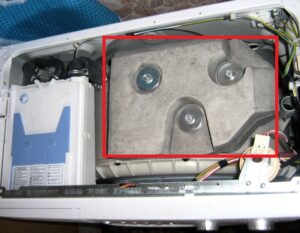 The heavy weight of automatic machines is a necessity. If you do not weigh down the body with special blocks, the washers will almost fall during operation. When spinning, the equipment experiences a huge impact of centrifugal force, so it can easily tip over. Let's figure out what the counterweight in the washing machine is made of. We'll tell you where the weights are located and how they can be dismantled if necessary.
The heavy weight of automatic machines is a necessity. If you do not weigh down the body with special blocks, the washers will almost fall during operation. When spinning, the equipment experiences a huge impact of centrifugal force, so it can easily tip over. Let's figure out what the counterweight in the washing machine is made of. We'll tell you where the weights are located and how they can be dismantled if necessary.
Counterweight material
Literally 20-30 years ago, almost all washing machines were equipped with cast iron counterweights or steel blocks. For example, Vyatka-automatic washing machines, produced in the early 90s. Currently, metal weights can only be seen on German and Swedish premium equipment.
Today, 98% of washing machines are equipped with concrete counterweights.
Concrete weights are not as durable as cast iron or steel blocks, but they are much cheaper than metal ones. Due to this, the cost of modern washing machines is reduced. The concrete counterweight has one advantage - price, and the main disadvantage is rapid wear. The counterweight, which consists of concrete, is destroyed over time under the influence of vibrations. And they are sure to be inside an actively working washing machine. Thus, cracks form on the weighting materials, which gradually become larger.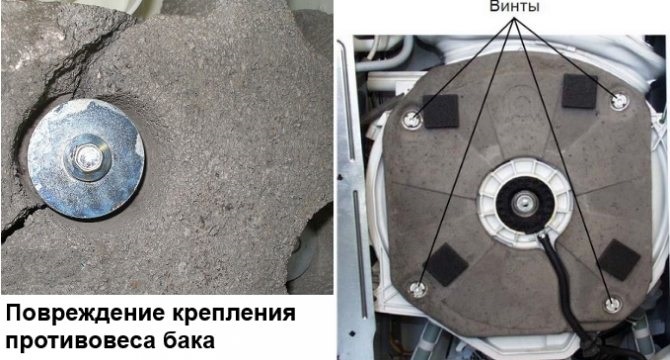
A cracked concrete counterweight may simply break into several pieces and fall off during the next wash.When falling, the fragments will definitely “hit” some internal parts of the automatic machine, for example, the hatch locking device, pressure switch, noise filter, etc. Not only will it be necessary to change the weighting material, but also eliminate the “incidental” damage.
It is clear that a counterweight made of concrete is not the best solution for washing equipment. But manufacturers, in order to reduce the cost of automatic machines as much as possible, will continue to equip their equipment with just such blocks for a long time.
If there is a need to replace the counterweight, you can do the work yourself, without the help of a specialist.
You can buy a new weighting agent in a specialized store, focusing on the model of your washing machine. We'll tell you how to dismantle old counterweights.
Location of counterweights
Finding counterweights in an automatic machine is very easy. The easiest place to get to is the top weight. However, there are always more problems with dismantling this block. To “climb” to it, you need to:
- de-energize the automatic machine;
- close the shut-off valve responsible for the water supply;
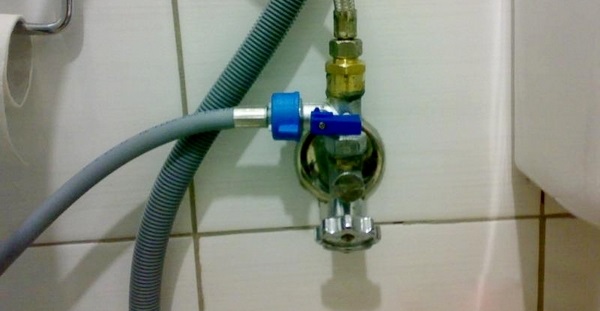
- move the washing machine away from the wall to have free access to all sides of the body;
- Use a screwdriver to unscrew the two screws holding the top panel of the machine;
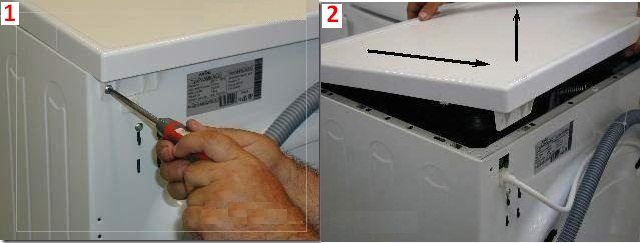
- Remove the housing cover by moving it slightly back and lifting it up.
The upper counterweight will be immediately in front of your eyes. The unit must be inspected for defects. Next, you need to evaluate the condition of the front weights; to do this, you will have to remove the front wall of the case. The further algorithm of actions will be as follows:
- pull out the powder receptacle;
- Unscrew the bolts located around the perimeter of the control panel;
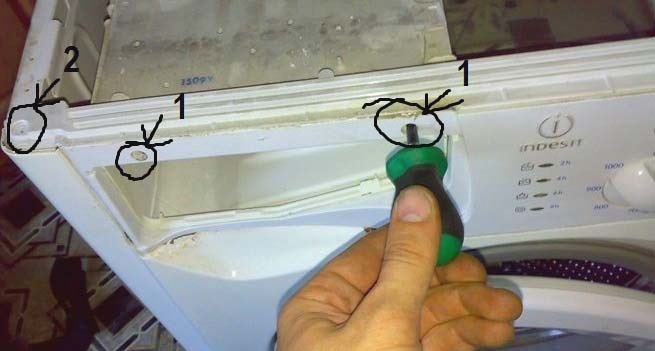
- unhook the “tidy” from the body and carefully place it on the machine so as not to damage the wiring;
- remove the lower false panel, behind which the garbage filter is hidden, by picking it up with a screwdriver;
- open the hatch door wide;
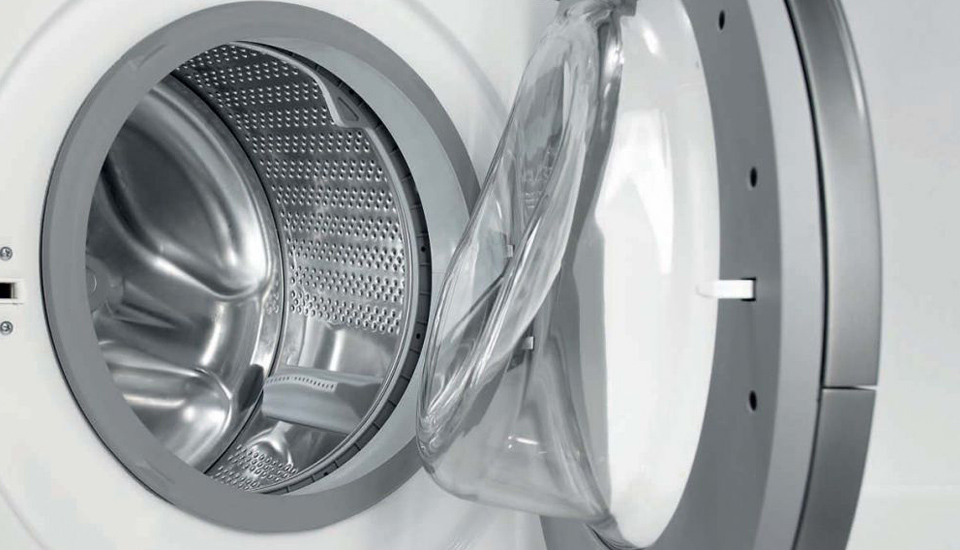
- use a screwdriver to hook the outer clamp holding the drum cuff and remove the ring;
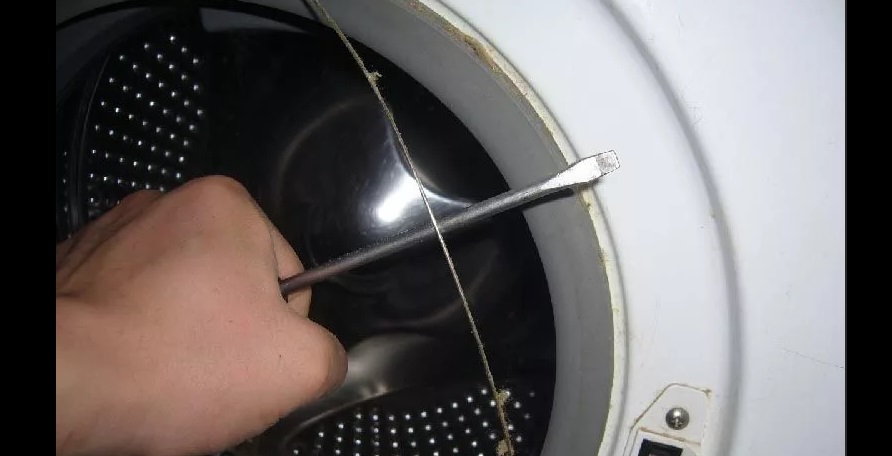
- tuck the rubber seal inside the drum;
- slightly tilt the body of the machine back, insert your hand between the tank and the front wall, feel for the UBL and disconnect the chip with the blocker contacts;

- Unscrew the screws holding the front wall;
- remove the front panel.
Now you can inspect the front counterweights. If there are many cracks on them, the elements will have to be replaced. We'll show you how to remove damaged concrete weights to make room for new blocks.
Problem when removing counterweights
Removing weights from most washing machines is very simple. To remove the counterweights, simply use a socket wrench or socket to remove the bolts securing the blocks. After the screws are unscrewed, it is necessary to remove the concrete elements from the housing.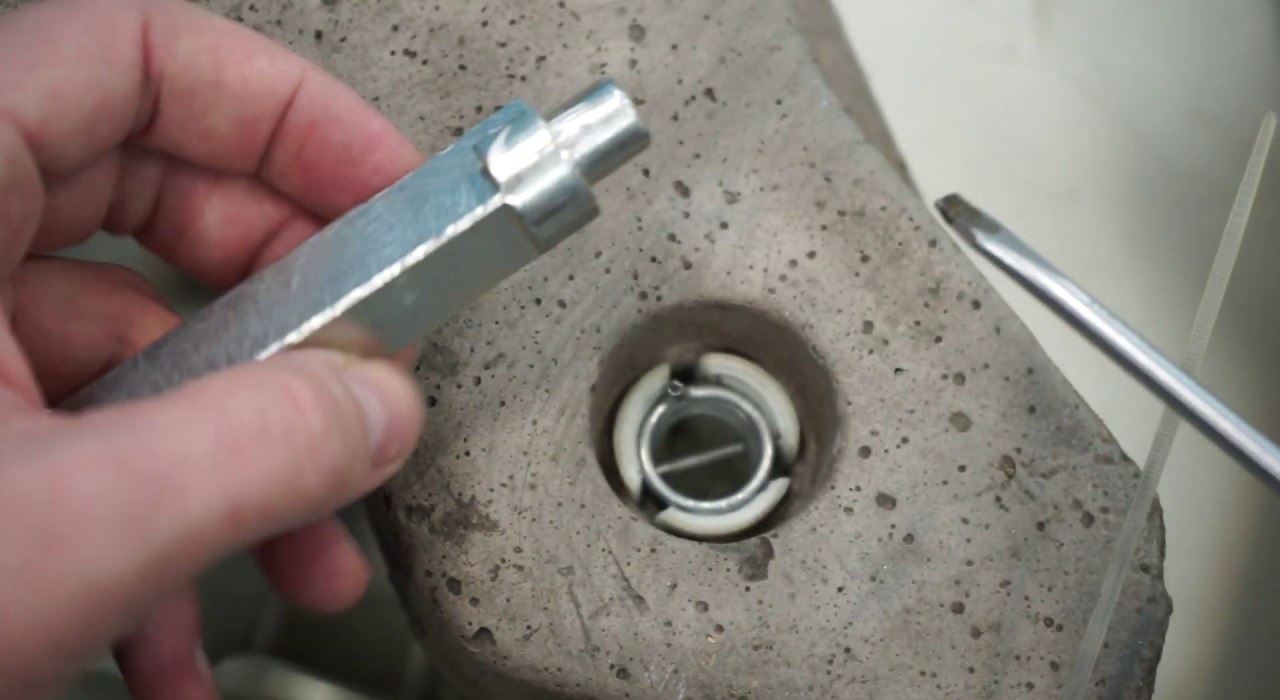
Owners of Ariston washing machines will have a little more difficult time. On models of this brand, the counterweights are fixed with special bolts; standard socket wrenches are not suitable for them. All that remains is to design a special tool with your own hands.
To make a special key, you will need:
- a metal tube with a cross-section of 20-22 mm and a length of at least 20 cm;
- drill;
- hacksaw for metal;
- screw 4*16;
- soldering iron
One end of the tube in the middle must be cut to a depth of 5 cm. At the other end, a hole of 2 cm should be drilled and a 4*16 screw should be screwed into it. The bolt needs to be welded from the inside.The homemade device will easily hook onto the counterweight fasteners and make it easier to dismantle the weights.
Interesting:
Reader comments
- Share your opinion - leave a comment



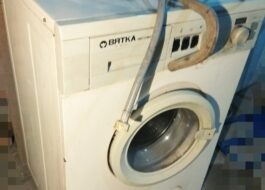
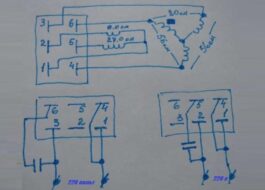
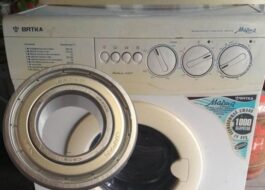
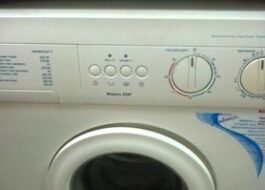














Add a comment